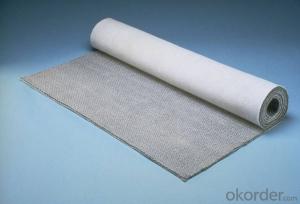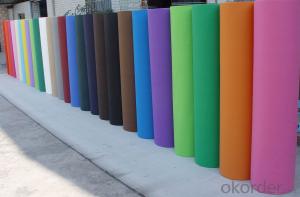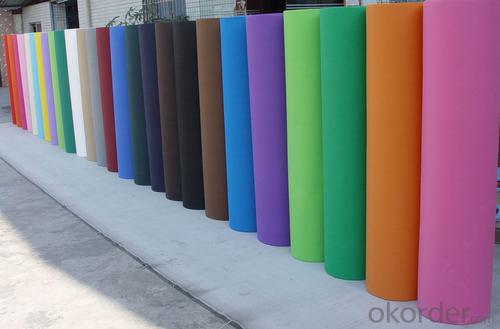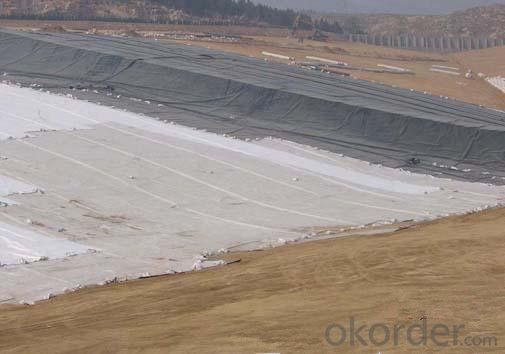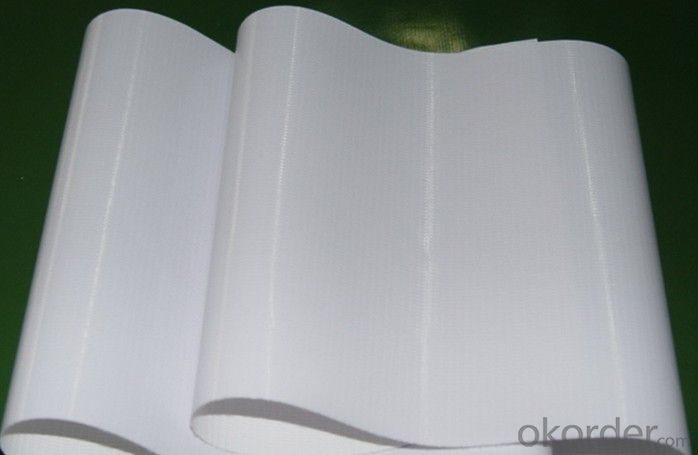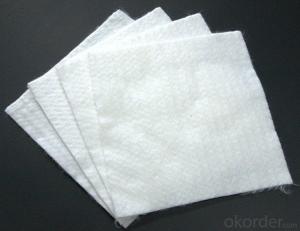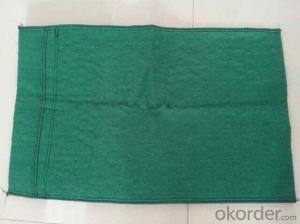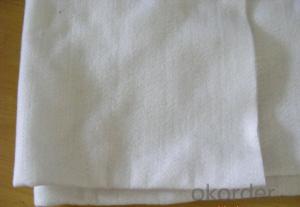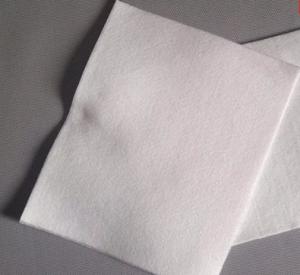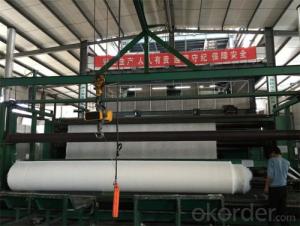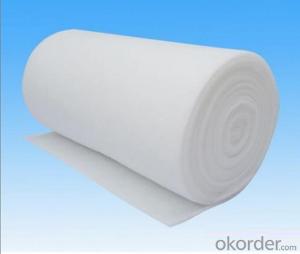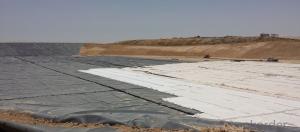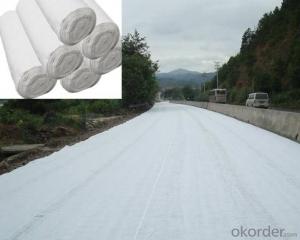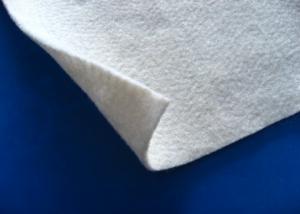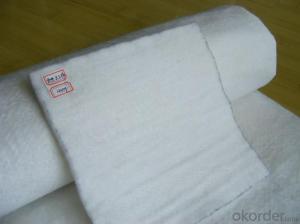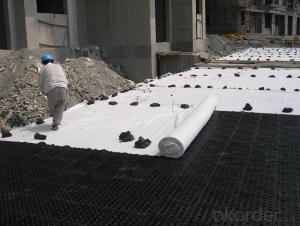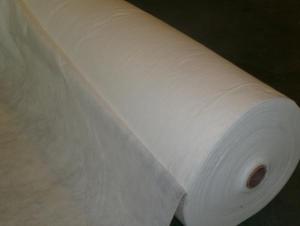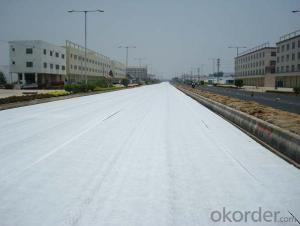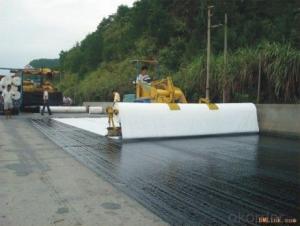Short Fiber Needle Punched Non Woven Geotextile Fabric Tubes
- Loading Port:
- Tianjin
- Payment Terms:
- TT OR LC
- Min Order Qty:
- 2000 m²
- Supply Capability:
- 900000 m²/month
OKorder Service Pledge
OKorder Financial Service
You Might Also Like
Product Description
Function :seperation,filtration,reinforcement,drainage
usage:seperation of different materials.
applied between subgrade and groundwork of the paved(unpaved)road or airport road.
applied between the subgrade and ballast of the railway,
applied in the landfill ground and gravel subgrade,
applied between the, geomembrane and sandy drainage layer
applied between the subgrade and groundwork to undertake the additional load.
applied between the earth of groundwork and foundation soil,
applied under footpath,parking lot,stadium,
applied between the now and old asphalt.
Reinforcement:applied on the soft foundation of the unpaved road, the airtport path,railroad,the landfill,
he stadium,etc. to prevent the geomembrane to be punctured by the gavel.
Filtration: applied at the bottom of the landfill that penetrate,to protect the geonet and geocomposite,and
prevent the soil to enter inside
Drainage: applied under the geomembrane,the stadium,the ballast of the railway.
Category: staple fibre needle punched non-woven geotextile, etc.
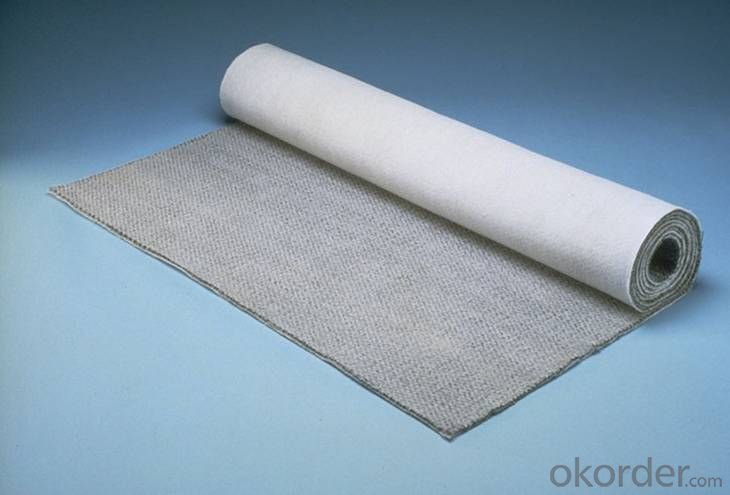
specifications
cItem | Area weight | Tensile Strength | Elongation | shrinkage | Roll Size | ||
MD | CMD | MD | CMD | ||||
Unit | G/M2 | N/125px | % | % | m x m | ||
Specification | 120 | ≥350 | ≥260 | 23 | 28 | <2.0< span=""> | 1.02x1700 |
140 | ≥380 | ≥300 | 25 | 30 | <1.0< span=""> | 1.01x1500 | |
150 | ≥500 | ≥330 | 28 | 35 | <1.0< span=""> | 1.01x1500 | |
160 | ≥550 | ≥350 | 30 | 35 | <1.0< span=""> | 1.01x1400 | |
180 | ≥600 | ≥450 | 30 | 35 | <1.0< span=""> | 1.01x1200 | |
200 | ≥750 | ≥450 | 30 | 35 | <1.0< span=""> | 1.01x1100 | |
220 | ≥800 | ≥500 | 30 | 35 | <1.0< span=""> | 1.01x1000 | |
250 | ≥950 | ≥600 | 35 | 40 | <1.0< span=""> | 1.01x800 | |
Packaging & Delivery
| Packaging Details: | general packing or according to customers' request |
| Delivery Detail: | 15 days after receiving T/T |
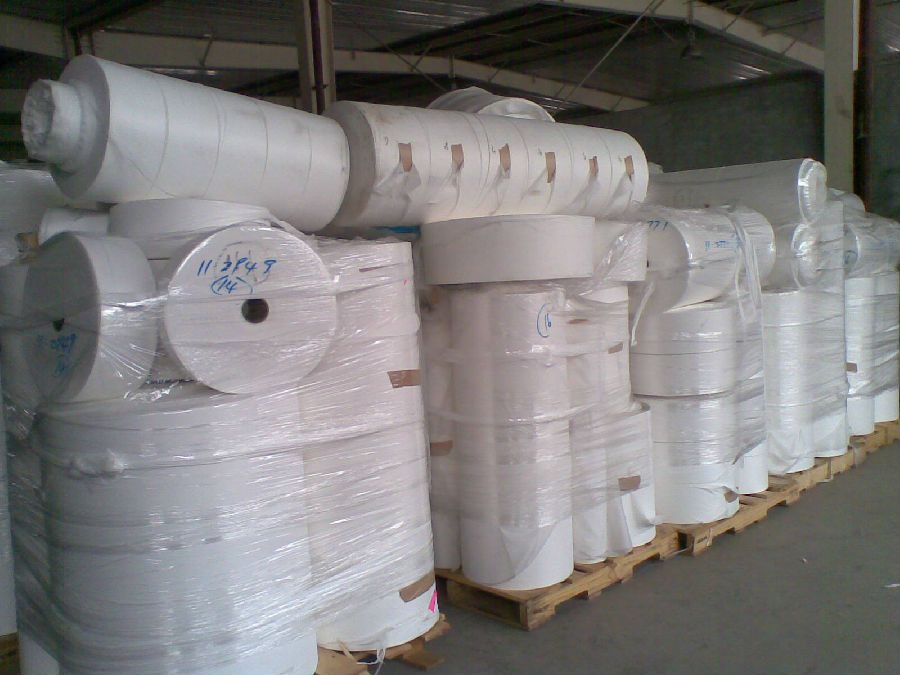
FAQ
Q: What kind of payments does jenor support?
A: T/T, L/C, Cash are accepted.
Q: Do you charge for the samples?
A: Accordeing to our company policy, the samples are freee, we only charge the freight fee. And we will return the freight fee during the next order.
Q: Can you produce according to customers' design?
A: Sure, we are professional manufacturer, OEM and ODM are both welcome.
Q: Do you have other products?
A: Yes, please contact us
- Q: What is the purpose of using geotextiles?
- The purpose of using geotextiles is to provide various functions such as separation, filtration, reinforcement, and drainage in civil engineering and construction projects. They are used to prevent the mixing of different soil layers, improve soil stability, control erosion, and enhance the overall performance and longevity of infrastructure projects.
- Q: How do geotextiles help in preventing soil erosion in vineyards?
- Geotextiles help prevent soil erosion in vineyards by providing a protective barrier between the soil and external factors such as rain, wind, and water runoff. These textile materials effectively stabilize the soil by minimizing surface erosion, controlling sediment movement, and promoting the retention of moisture. Additionally, geotextiles enhance soil structure and allow for better root growth, preventing the loss of valuable topsoil and preserving the vineyard's overall health and productivity.
- Q: How do geotextiles help with sediment control in construction sites?
- Geotextiles help with sediment control in construction sites by acting as a barrier to prevent soil erosion and the migration of sediment. They are placed on the surface of the soil, where they allow water to pass through while trapping sediment particles. This helps to retain the soil in place and prevent it from being washed away by rainwater or other erosive forces. Geotextiles also aid in filtration by capturing suspended particles and allowing clean water to drain through, thus preventing sediment-laden runoff from reaching nearby water bodies.
- Q: How do geotextiles contribute to the stability of landfill slopes?
- Geotextiles contribute to the stability of landfill slopes by providing reinforcement and erosion control. They are placed between the different layers of soil or waste materials in the landfill, acting as a barrier to prevent soil erosion and the loss of landfill materials. The geotextiles also help to distribute loads across the slope, increasing its overall stability and preventing slope failures. Additionally, they improve drainage by allowing water to pass through, reducing the risk of pore water pressure buildup which can further destabilize the slope.
- Q: Geotechnical construction of the weather when there is any requirement
- Hello, geotextile construction is very simple, laying with less cutting, less overlap for the principle. Take the head set aside about 25 cm. Using double take the head, sew two lines. This is in principle to ask this, the general construction can not do so carefully. Huazhi geotechnical materials manufacturers to answer, need to talk.
- Q: What are the routine tests of geotextile geotextiles?
- The geocell is mainly the tensile strength of the tensile test lattice sheet and the peel strength of the solder joint. Geotextile according to the specific circumstances of the use of the project 1. Roadbed reinforcement, isolation is mainly tensile test tensile strength, elongation, tear strength and CBR top broken 2. Filter with the addition of these also use the vibrating screen test Equivalent pore size 3. Maintenance is mainly weight, thickness and strength
- Q: Geotextile construction requirements of the use of adhesive specifications
- Hello, geotextile construction is very simple, laying with less cutting, less overlap for the principle. Take the head set aside about 25 cm. Using double take the head, sew two lines. This is in principle to ask this, the general construction can not do so carefully. Huazhi geotechnical materials manufacturers to answer, need to talk.
- Q: Can geotextiles be used in green roof drainage systems?
- Yes, geotextiles can be used in green roof drainage systems. Geotextiles, which are permeable fabrics, can be placed within the drainage layer of a green roof system to enhance water flow and filtration. They help to prevent clogging and ensure efficient drainage, promoting healthier plant growth and preventing water accumulation on the roof.
- Q: What are the experiments required for earthwork dam geotextiles
- The first thing to do is the "unit area quality" and "thickness", followed by "breaking strength", breaking elongation "," CBR broken strength ", and tear strength. Huazhi geotextile for your answer
- Q: Can geotextiles be used in the protection of embankments?
- Yes, geotextiles can be used in the protection of embankments. Geotextiles are permeable textile materials that are placed in the soil to enhance its engineering properties. When used in embankments, geotextiles help in soil stabilization, erosion control, and drainage, thereby protecting the embankment from erosion, excessive water flow, and potential damage.
Send your message to us
Short Fiber Needle Punched Non Woven Geotextile Fabric Tubes
- Loading Port:
- Tianjin
- Payment Terms:
- TT OR LC
- Min Order Qty:
- 2000 m²
- Supply Capability:
- 900000 m²/month
OKorder Service Pledge
OKorder Financial Service
Similar products
Hot products
Hot Searches
Related keywords
